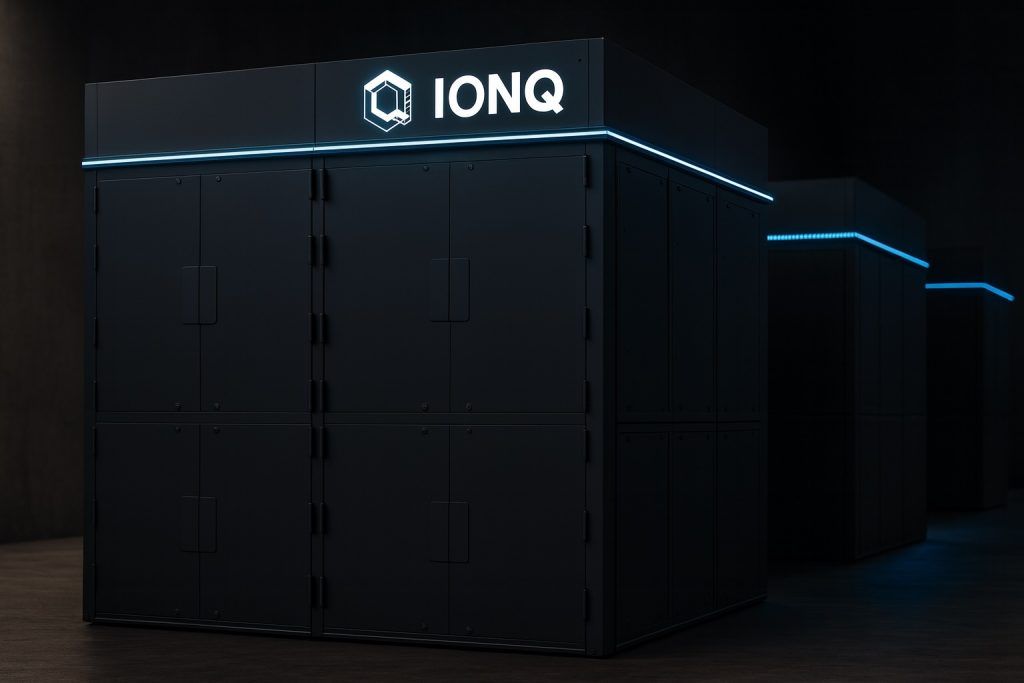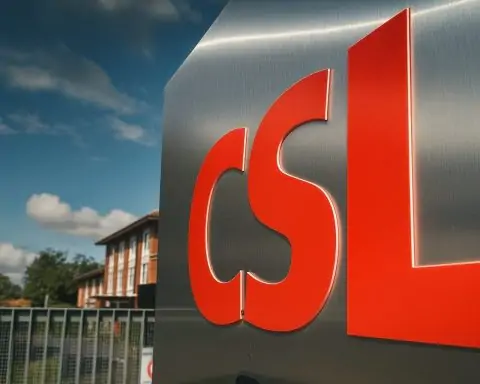Published: November 5, 2025
At a glance (Q3 2025)
- Revenue:$1.507B, +10% YoY (vs. $1.373B). [1]
- Diluted EPS:–$0.06 (net loss $104M, narrower YoY). [2]
- Adjusted EBITDA:$182M (~12.1% margin). [3]
- Free Cash Flow:$93M (~6.2% margin). [4]
- DAUs/MAUs:477M DAUs (+8% YoY); 943M MAUs (+7% YoY). [5]
- ARPU:$3.16 global; $9.20 NA / $2.99 Europe / $1.11 RoW. [6]
- Buyback:New $500M Class A share repurchase authorization. [7]
- AI partnership:Perplexity to integrate its answer engine into Snapchat; $400M to Snap over one year; rollout begins early 2026. [8]
What happened today
Snap reported September‑quarter (Q3 2025) revenue of $1.507B, up 10% year over year, with net loss narrowing to $104M (–$0.06 per diluted share). Management also authorized a $500M repurchase program, funded from Snap’s $3.0B cash and marketable securities balance. [9]
User engagement continued to expand: DAUs reached 477M (+8% YoY) and MAUs climbed to 943M (+7%). Global ARPU improved to $3.16, with North America at $9.20, Europe at $2.99, and Rest of World at $1.11. [10]
Why the stock is reacting
After the bell, shares jumped about 21% as investors digested the revenue beat and a headline partnership with Perplexity AI. Snap also guided Q4 revenue to $1.68–$1.71B, roughly in line with Street expectations, while cautioning that DAUs could dip in Q4 amid age‑verification changes and regulatory shifts (including Australia’s incoming teen social‑media restrictions taking effect December 10). [11]
The Perplexity AI deal, explained
In a notable first for Snapchat, Perplexity’s AI‑powered answer engine will be integrated directly in Chat to provide concise, cited answers inside the app. Under the agreement, Perplexity will pay Snap $400M over one year (cash + equity), with revenue contribution starting in 2026 as the feature rolls out globally in early 2026. For Snap, this creates a new, non‑advertising monetization stream while potentially boosting retention and session time as users get verifiable answers without leaving Snapchat. [12]
What fueled the revenue beat
Snap highlighted continued improvements in direct response (DR) advertising, with DR revenue up 8% YoY, and better performance from Pixel Purchase and App Purchase optimizations. The company also leaned on new ad formats and tools—Sponsored Snaps (up to 22% more conversions and 19% lower CPAs when added to campaigns), Dynamic Product Ads enhanced with LLMs, and an App Power Pack that lifted iOS app installs by 25%+ in early tests. Subscription momentum helped as well: “Other Revenue,” largely Snapchat+, rose 54% YoY to $190M. [13]
User growth & monetization mix
- Engagement: Over 350M Snapchatters used AR daily in Q3; total Lens uses are around 8B times/day—a scale that supports Snap’s broader AR commerce and creator strategies. [14]
- Geography:Rest of World DAUs (280M) continue to drive unit growth, while North America anchors monetization (highest ARPU). That mix underscores why improving ad signal quality and measurement in emerging markets remains key to ARPU expansion. [15]
Capital allocation & profitability
With Adjusted EBITDA at $182M (≈12.1% margin) and Free Cash Flow of $93M (≈6.2% margin), Snap is demonstrating better operating leverage while continuing to invest in AI and AR. The $500M buyback mainly offsets stock‑based compensation dilution but also signals confidence in cash generation. [16]
Outlook — what to watch next
- Q4 trajectory: Management’s $1.68–$1.71B revenue outlook suggests steady ad demand through the holiday quarter, with potential DAU softness as age‑gating ramps up. We’ll watch how quickly Snap mitigates any friction from new verification flows. [17]
- AI inside Snapchat: Execution on the Perplexity integration (quality, safety, and discoverability inside Chat) will determine whether AI answers become a habit‑forming surface that lifts time spent and ad/commerce conversions in 2026. [18]
- Subscriptions & storage: Ongoing Snapchat+ growth and the rollout of Memories Storage Plans provide diversified revenue alongside ads. [19]
- Regulatory risk: Australia’s Social Media Minimum Age regime starts Dec. 10, 2025; Snap has already flagged possible DAU impact. Similar policies elsewhere would be a variable in 2026 planning. [20]
Key takeaways
- Beat and build: Solid top‑line growth and narrowed losses, plus concrete steps (AI partnership, buyback) that improve the 2026 setup. [21]
- AI as a product, not just a tool: Snap is moving from back‑end ad signal fixes to front‑end AI experiences that could make Snapchat stickier—and more monetizable. [22]
- Execution watch: Near‑term, the balance between regulatory compliance and frictionless onboarding is the swing factor for DAUs; medium‑term, ARPU lift outside North America remains the largest lever. [23]
Sources & primary materials
- Snap Q3 2025 press release (financials, buyback, engagement and product updates). [24]
- Supplemental metrics (DAU/MAU and ARPU by region). [25]
- Perplexity partnership press release (deal terms, timing). [26]
- Reuters (after‑hours reaction, Q4 revenue guide, regulatory color). [27]
- Australia’s teen social‑media law (effective Dec. 10) for regulatory context. [28]
References
1. investor.snap.com, 2. investor.snap.com, 3. investor.snap.com, 4. investor.snap.com, 5. investor.snap.com, 6. www.businesswire.com, 7. investor.snap.com, 8. investor.snap.com, 9. investor.snap.com, 10. www.businesswire.com, 11. www.reuters.com, 12. investor.snap.com, 13. investor.snap.com, 14. investor.snap.com, 15. www.businesswire.com, 16. investor.snap.com, 17. www.reuters.com, 18. investor.snap.com, 19. investor.snap.com, 20. www.reuters.com, 21. investor.snap.com, 22. investor.snap.com, 23. www.reuters.com, 24. investor.snap.com, 25. www.businesswire.com, 26. investor.snap.com, 27. www.reuters.com, 28. www.reuters.com










